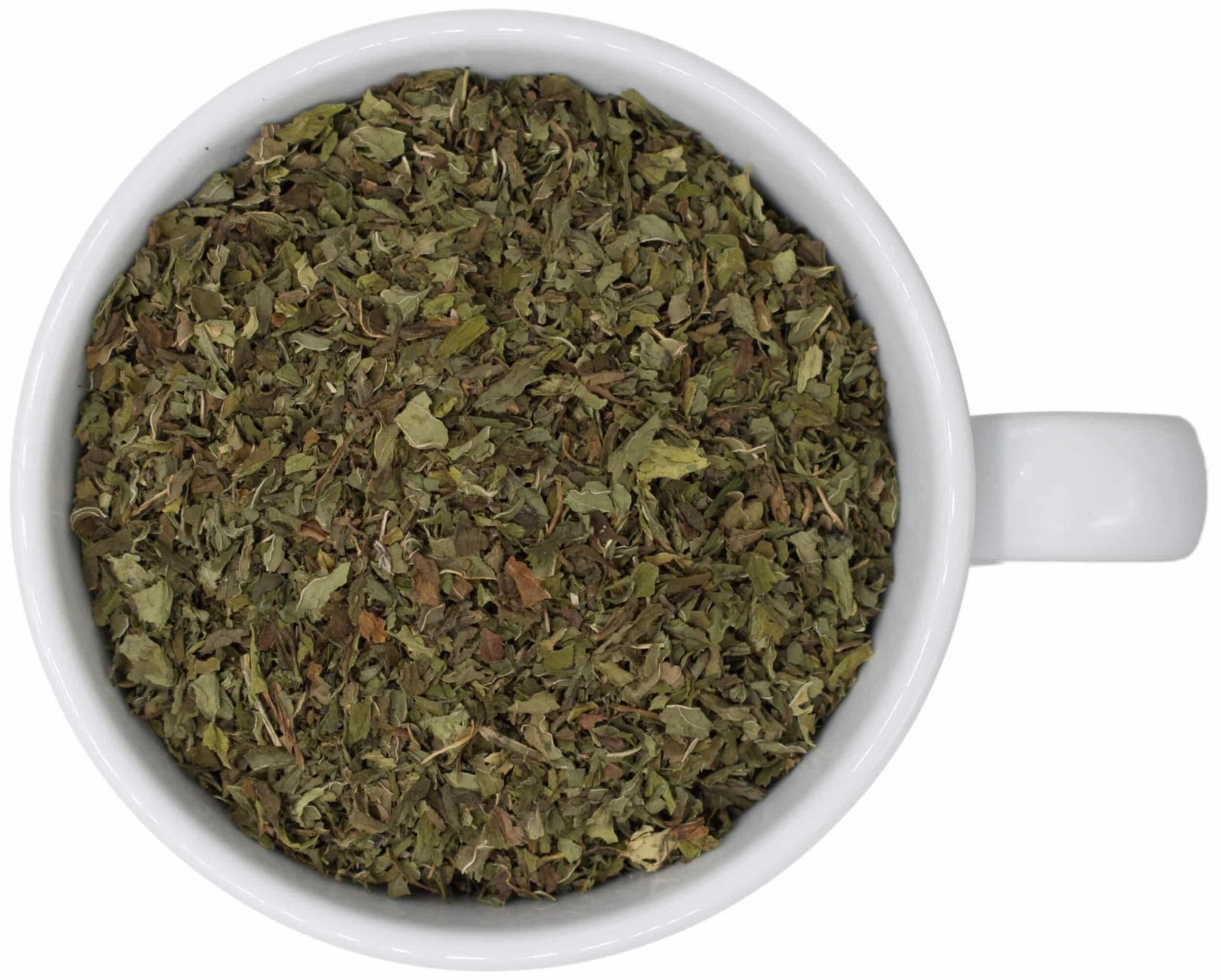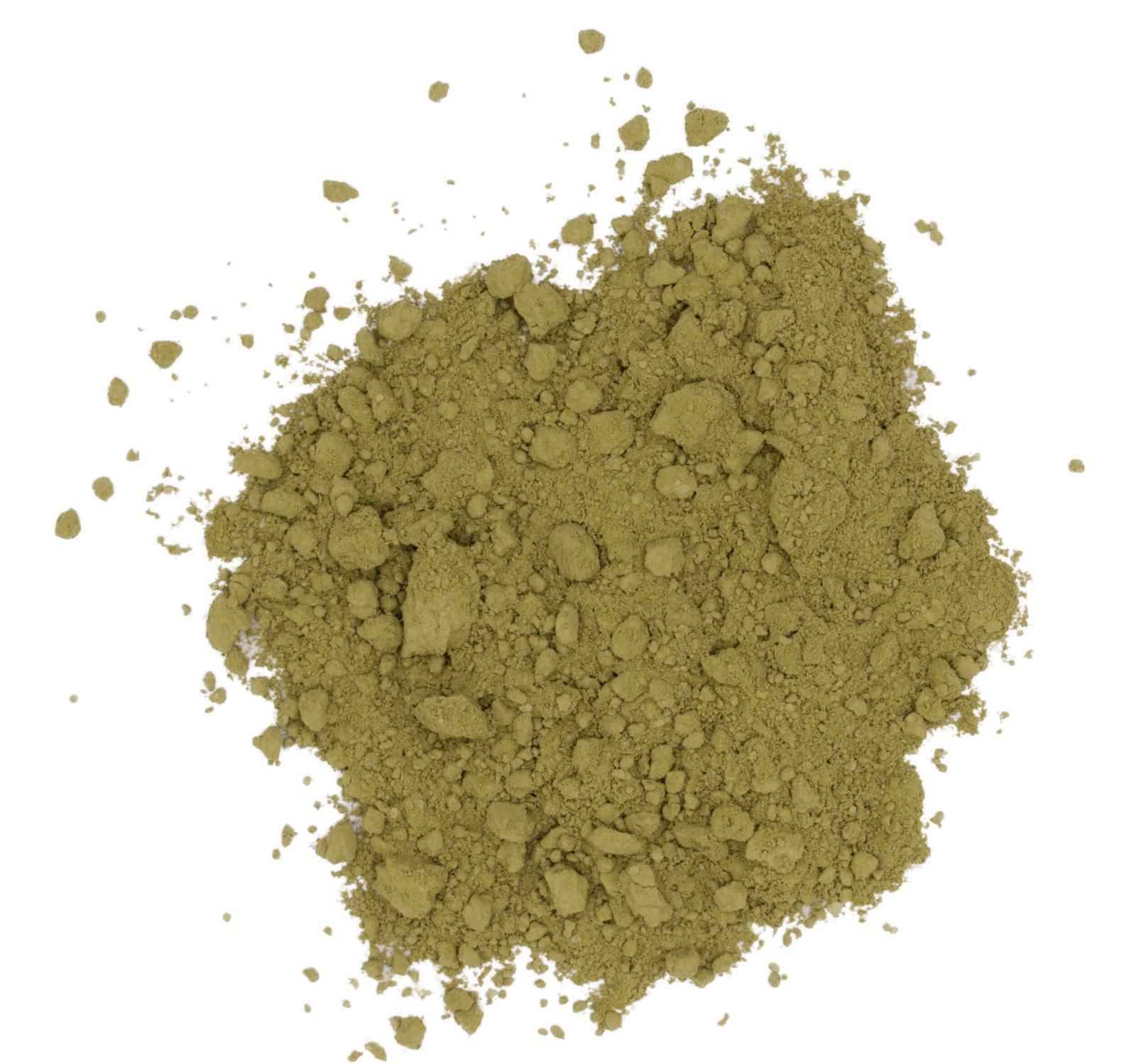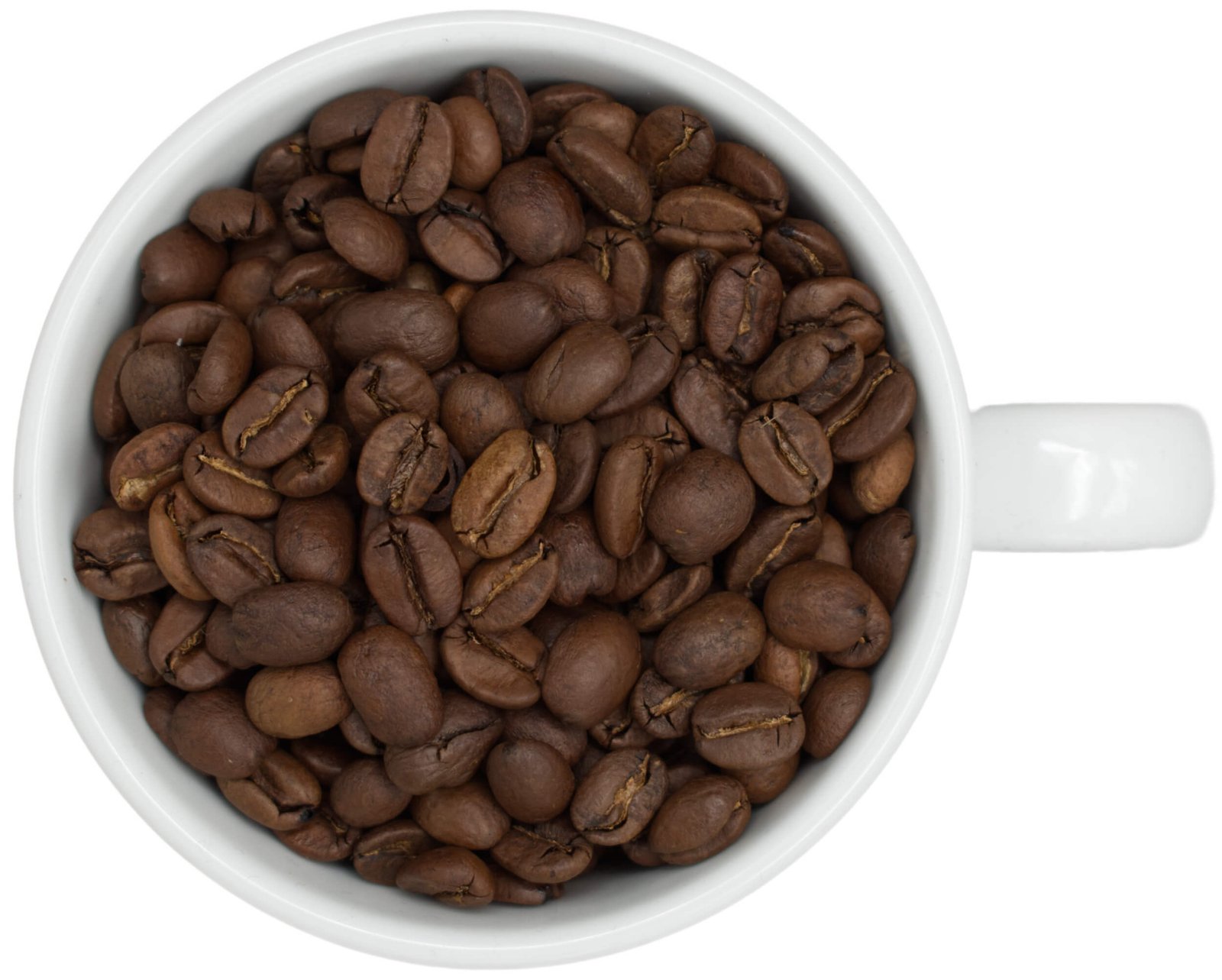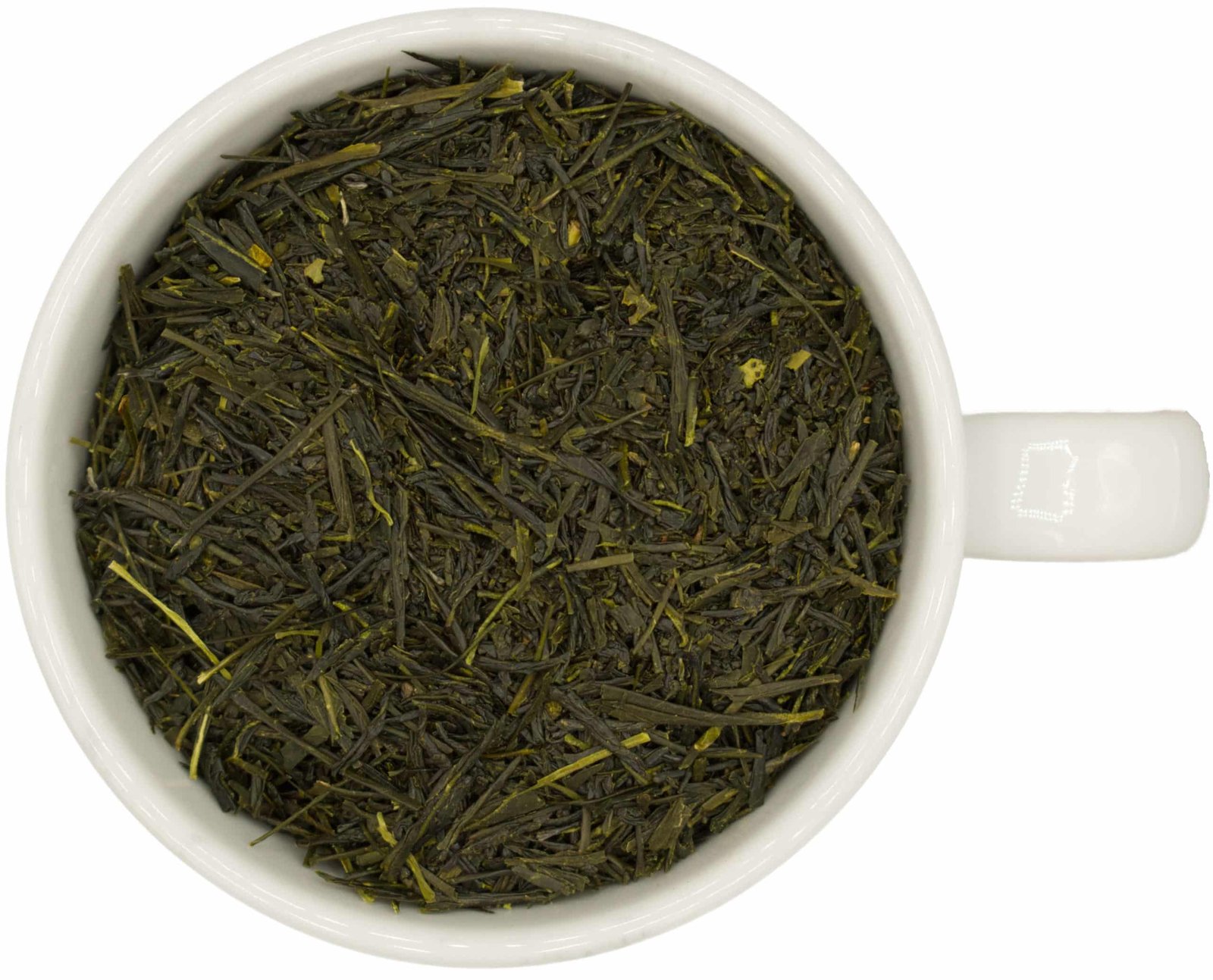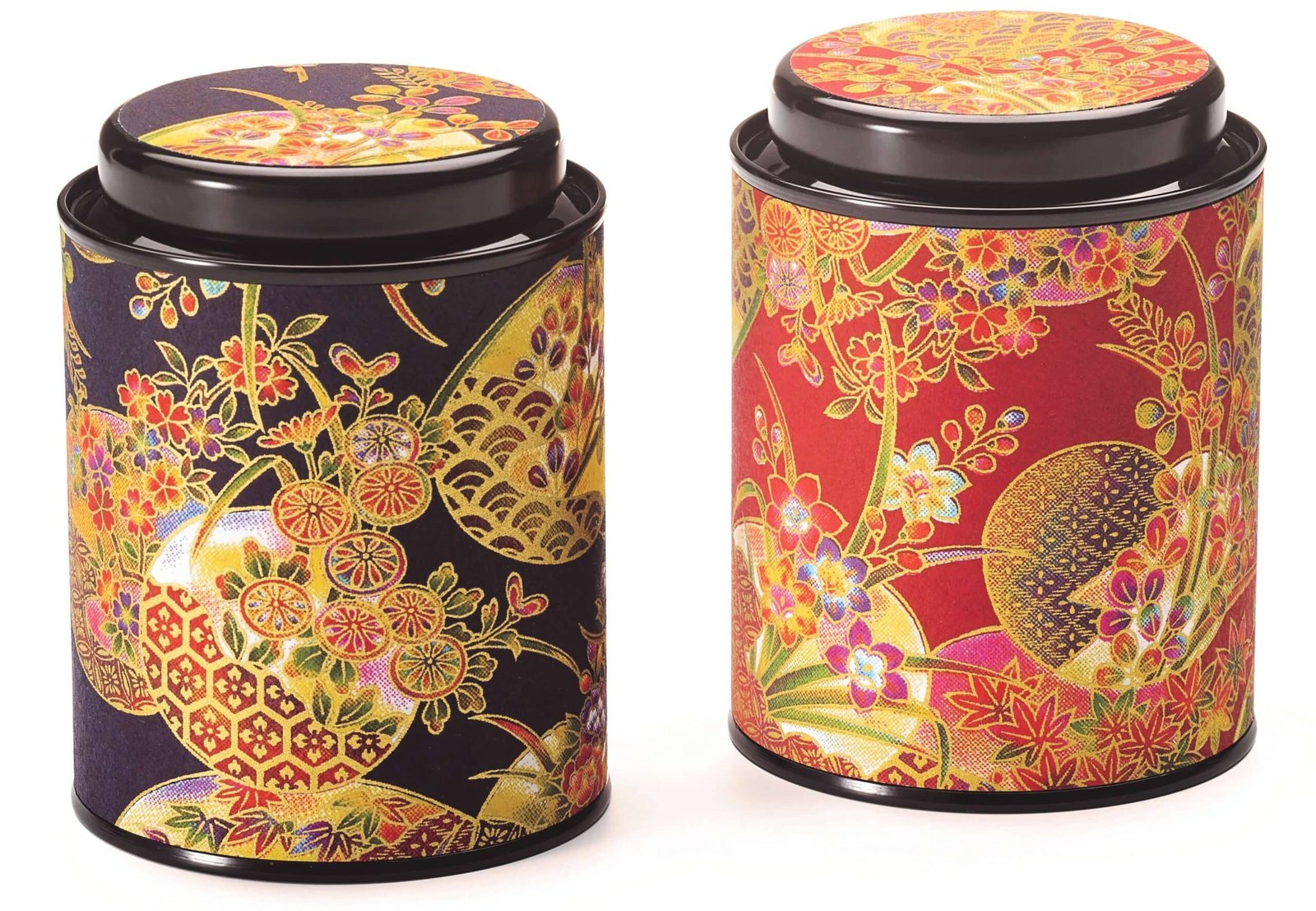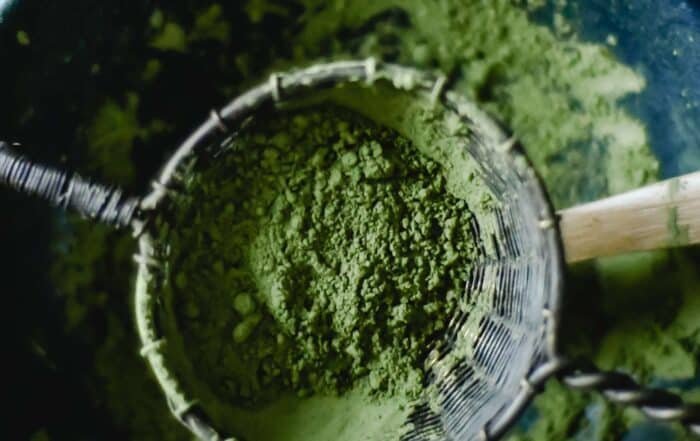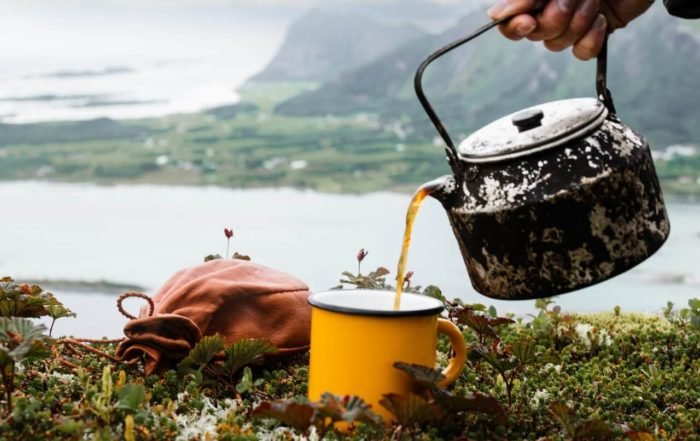When we talk about tea, we may mean many things – from peppermint to black tea to mate. But there are only two types of true tea plants: Camellia Sinensis and Camellia Assamica. From these two plants (with their innumerable crossings/varieties), all the so-called “orthodox teas” are produced. These are:
- Black tea,
- Green tea,
- Semi-fermented tea (oolong),
- White and
- Yellow tea
All of the above teas come from the same two types of plants, what makes the difference in taste and appearance is the processing (especially the degree of oxidation) and the cultivation itself. So the German language is somewhat inaccurate when we refer to almost anything that ends up in cups as a hot beverage and is not coffee or chocolate as tea. The Spaniards are a bit more specific and call orthodox tea té and anything else infusión.
The tea plant is an evergreen shrub or tree, which must be regularly kept short, otherwise it would grow several meters in height. Tea plants are native to subtropical and tropical regions, for example China, Japan and Taiwan. But tea is also cultivated in Africa.
Both tea plant species have countless varieties and have been and still are crossed with each other. The reason for this is that both types have respective advantages and disadvantages, as well as different tastes.
There are thousands of varieties of Camellia Sinensis. The first cultivation of Thea Sinensis is believed to have taken place in Darjeeling (India). Camellia sinensis is a bush with smaller leaves and tolerates frost.
Camellia Assamica was discovered in the Indian jungle of Assam province – hence the name. The plant, without pruning, grows into a tree with a height of up to 20 meters. The leaves are larger than those of Camellia Sinensis and the plant does not tolerate frost. Camellia Assamica grows considerably faster than Camellia Sinensis, which increases the yield
The requirements of the two plants for environmental conditions such as altitude and humus are very different. Crossing of the two original plants have provided more resistant plants and these hybrids are now cultivated almost everywhere.
But it is not only the plants themselves that later determine the taste of the tea. Environmental conditions and processing also have a major influence on the subsequent end product. But more about that in a later chapter.
Tea growing areas
Tea is produced in many countries. The best known qualities come from India, China, Japan, Taiwan (also known as Formosa) and Sri Lanka (Ceylon). With more than 2,500,000 tons, China is by far the largest tea producer in the world. Recently, African countries such as Rwanda have also entered the tea production industry – and with great success.
The higher the level of tea cultivation, the higher the quality of tea. This is due to the fact that the tea plant in higher regions does not grow as quickly and therefore forms a more intense flavor.
Leave a comment
We think you might like this
Pssst… We’ll write more here!
Making tea: how to make Matcha
At True Tea you will find everything for your Matcha. Want to learn how to ...
What is the CTC tea production?
CTC is a newer production process for black teas. Compared to the traditional method ...
Basic knowledge of tea: How do I prepare tea correctly?
How to properly prepare tea If you do a little research on the topic ...
7 Good reasons for True Tea



